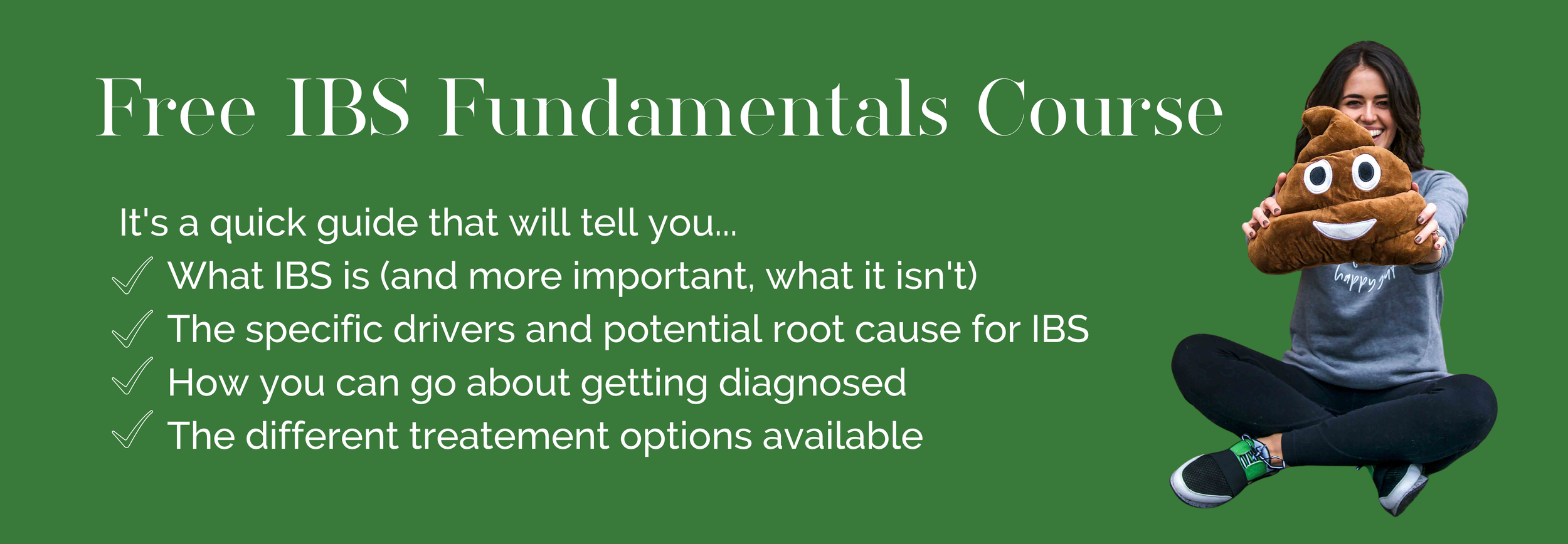The Overlap Between Connective Tissue Disorders and GI Disorders: Spotlight on Ehlers Danlos Syndrome
Connective Tissue and EDS
You are probably well aware that, at Gutivate, we help clients who struggle with all kinds of digestive disorders. What you may not know is that that often means we come into contact with people who have other coexisting conditions (some GI related, some not). Digestive disorders can absolutely be a primary issue, i.e. a stand alone diagnosis. But oftentimes, the GI disorders that our clients struggle with come secondary to a separate, primary condition.
Today I want to talk about one of those other conditions we run into in our practice and how it affects a person’s GI tract. That condition is called Ehlers Danlos Syndrome (EDS) and is considered a connective tissue disorder. Connective tissue is not something we regularly talk about so let me catch you up to speed with a quick hierarchy of how our body is made:
Our body is filled with multiple organ systems that keep us alive.
↓
Our digestive tract is a series of organs working together.
↓
These organs are composed of tissues.
↓
There are 4 different types of tissue that can be found in our bodies: connective, epithelial, muscle and nervous tissue.
If a person has a connective tissue disorder that means there is a disorder in the way that their connective tissues function. And since connective tissue can be found all over the body, in multiple organ systems (one of which is our GI tract), disorders of this nature negatively impact the affected organ functionality. There are multiple ways this disorder can present itself with varying symptoms depending on which organ system(s) are affected.
So it makes sense that EDS is actually an umbrella term for 13 different subtypes of connective tissue disorders. Generally, these disorders are characterized by faulty genes that determine how the body makes collagen, and/or other proteins that work alongside collagen. This leads to a weakening of the connective tissue and subsequent dysfunctioning. Each organ can be affected in a different way depending on which gene fault has occurred.
How EDS Affects the GI Tract
As mentioned above our entire digestive system is home to connective tissue. This tissue has a variety of functions but most notably, it’s heavily involved in what I like to call the 3 P’s:
P: Peristalsis
P: Pain sensitivity
P: Organ placement (structure)
When abnormalities in the connective tissue of the GI tract are present that leads to symptoms. And again, those symptoms can vary from person to person depending on which part of the digestive tract is affected. In general though, when thinking about it through the lens of the 3 P’s mentioned above symptoms can present in 3 general ways:
Peristalsis
↓
Changes in gut motility (either increased or decreased) i.e. constipation or diarrhea
Pain sensitivity
↓
Abdominal pain
Organ placement
↓
Out of place organs (hernias, prolapse)
What’s your poop personality? Find out here!
Types of GI Issues that Occur
Both the upper parts and lower parts of our digestive tract can be affected. Although it is interesting to note that research finds it common for patients to have symptoms related to either the upper or the lower digestive tract but not usually both at the same time.
The most common GI problems affecting this population are listed below:
Upper GI Tract
Acid reflux
Chronic/recurrent indigestion with pain or discomfort
Early fullness after meals (postprandial fullness)
Delayed gastric emptying (can range from mild to severe, the most severe being called Gastroparesis)
Bloating (under ribs cage down to belly button)
Lower GI Tract
Constipation
Abdominal pain
Bloating (belly button and below)
Diarrhea
Prolapse
Nausea and vomiting can also be present alongside any of the symptoms mentioned above.
Commonality of EDS and IBS
Sometimes people with EDS who have these GI symptoms are given a diagnosis of functional gastrointestinal disorder (FGID) if medical tests cannot find an identifiable cause for their symptoms. Can you guess which functional gastrointestinal disorder is the most common? That’s right…..IBS!
IBS is the most common example of a FGID and therefore the most commonly found accompanying GI diagnosis in this population. In fact, current evidence suggests that up to 62% of patients with EDS suffer from IBS as well.
How is Nutrition Affected in this Population?
Since the integrity of the intestinal lining is affected in this population nutritional deficiencies are commonly found. The cause(s) of decreased nutrient absorption in these clients ranges from person to person but could include:
Increased intestinal permeability
Inflammation of the gut lining
Nausea/vomiting/diarrhea associated with the client’s FGID (functional GI disorder)
Nutritional deficiencies in those with EDS often occur despite meeting recommended dietary intake goals as well as oral supplementation. This highlights the importance of the multidisciplinary team approach in these cases as it takes a team of providers to adequately identify and manage nutrient deficiencies.
Treating GI issues in this Population
There are currently no well-validated guidelines for the management of EDS-related digestive issues. That means the best course of action is an individualized approach, tailoring a plan to meet each client’s individual needs. Which is great because that’s how we approach all of our clients at Gutivate!
Research shows though that the Low FODMAP Diet is frequently used in this population, likely because of the high correlation of IBS symptoms and the fact that the low FODMAP Diet is already a well established dietary approach to symptom management.
In addition to possible FODMAP intolerances, this population can also have true food allergies and/or cell mediated responses. This means certain foods may cause an allergic response to happen in their body increasing inflammation and other auto-immune like symptoms to occur. So a careful, detailed approach is needed to help these clients identify their specific, individual allergies, intolerances.
Other Helpful Therapies
Physical therapy, cognitive behavioral therapy and pain management therapies are other great options to help manage symptoms. A combination of medicinal and complementary approaches are often used.
https://www.ehlers-danlos.com/ehlers-danlos-info/
https://www.ehlers-danlos.com/wp-content/uploads/2020vsc_heidi_collins.pdf
https://pubmed.ncbi.nlm.nih.gov/34741491/
Are you frustrated with your IBS symptoms? Do you desire to be confident in your food choices? Do you want to have a healthier relationship with your body and diet? Are you ready to take control of your IBS?



